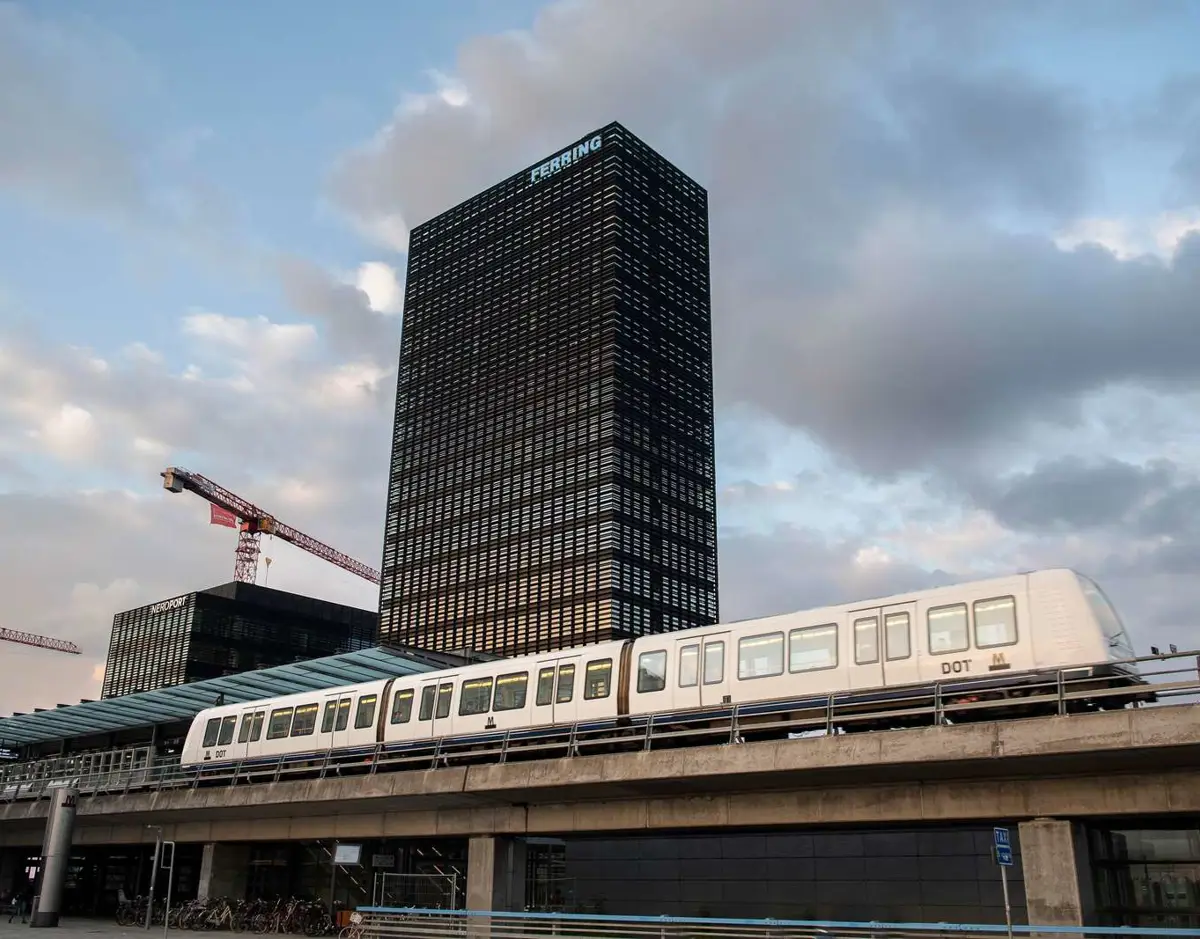
Maintenance and testing of new trains disrupts metro operations
Over the past year, Metroselskabet has been testing eight new trains that will help increase capacity on the M1 and M2 when they gradually enter service from the first half of 2022. However, before the trains can be approved to carry passengers, they must undergo a number of additional tests. For the benefit of customers, the planned test runs will be carried out during the evening and night hours on weekdays in weeks 18-25, when metro buses will be deployed on the M1 and M2. At the same time, planned maintenance of the rails will be carried out. There will therefore be no testing on Friday and Saturday.
‘At Metroselskabet, we are continuously working to optimise the capacity of the Metro so that we can continue to ensure our customers a good travel experience and stable operations. Around 200,000 passengers use the M1 and M2 metro lines every day, and the trains are almost 20 years old. That's why we're making a number of major investments in the Metro - both to maintain it and to create more space. The maintenance work and test runs are planned to minimise disruption to our passengers. Therefore, the activities will take place in the evening and at night,’ says Rebekka Nymark, CEO of Metroselskabet.
The new trains must undergo a total of approximately 500 tests before they can be put into operation. This includes tests of brakes, doors, driving characteristics, etc. But only a fraction of the mandatory testing process takes place on the tracks. A full 90 per cent of the tests have already been carried out at the factory in Italy by supplier Hitachi Rail. This avoids the need to use track capacity on the M1 and M2, and any faults can be analysed and corrected directly by the supplier.
In the new trains, the layout has also been changed so that the seats are placed along the windows of the train. There are also more folding seats and fewer fixed seats. This will allow passengers to sit more flexibly and make better use of the floor space. At the same time, it will ensure a better flow of passengers and optimal utilisation of the space in the train carriages. It is expected that the 8 new trains can be put into operation one by one from the first half of 2022.
‘The purpose of increasing the capacity of the Metro is to be able to accommodate the expected increase in passenger numbers until 2035, so that customers will continue to experience a high-quality journey. When the new M1 and M2 trains enter service at the turn of the year, they are expected to increase the number of trains during rush hour by almost 20 per cent, resulting in more frequent departures on both lines. For our customers, this means that there will be as little as 90 seconds between trains during rush hour on the lines where most people are travelling,’ explains Rebekka Nymark.
In connection with the operational changes, Rejseplanen.dk will be updated with metro buses, and there will be information at all stations and staff ready to help passengers get on the metro buses. In addition, the buses will operate with the same passenger limitations as the other city buses to follow the authorities' guidelines.